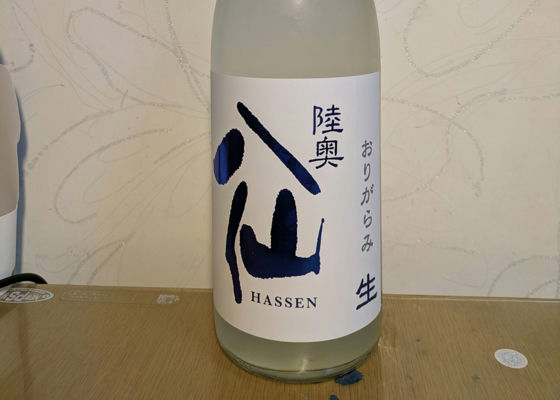
うぴょん(豊盃こそ至高)
Rice used: Aomori Prefecture rice
Polishing: Koji rice: 55%/Kake rice: 60
Tokutei Meishu: Special Junmai/namaishu
Strength 16
Is it sweet even though it is a Hachisen? I wondered, "Is it sweet even though it's a Hakusen? As I drank it with a faintly sweet aroma, I was greeted with a tangy sourness that is typical of Hakusen. However, this time, perhaps because it is an orikara (a type of raw sake), the aroma and taste of peaches dominate the oral cavity. The sweetness is as soothing and elegant as the peach-infused black tea served at afternoon tea. However, despite the sweetness, it does not feel clingy, which is probably due to the pleasant sourness that only Hakusen can provide. It is a sweet sake, but it is still Hakusen. It finishes with a slight sharpness, acidity, and pear-like sweetness that is typical of Hachisen.
Ori, or ori, is the fine solid matter of rice fragments and yeast, which is usually removed in a process that takes only the supernatant. Usually, the top clear liquid is removed and only the top clear liquid is taken. This means that orikarami (which I cannot say anything about since this is my first orikarami) will give the rice a sweet and umami taste that lasts forever. The Hachinohe Sake Brewery is very great for bringing this into a crisp, pleasant sweetness without a sticky taste. Thank you again for this evening.
Japanese>English